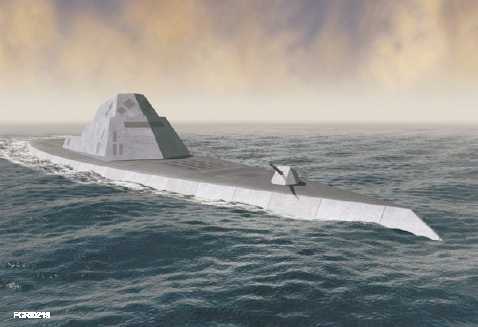DETECT TO ENGAGE SEQUENCE FOR
FIRE CONTROL
This chapter has covered the radar systems you
will see as an FC in the Fleet today. You have been
given a brief overview of the radar systems and their
functions and uses. You have also learned the
associated weapon systems and ship types associated
with each radar system. Now that you have an
understanding of these radar systems, you need to
know how these systems are used in an actual combat
scenario. The following section gives you an
imaginary scenario of what might happen if you were
to detect an enemy target, from beginning to end.
THE DETECT-TO-ENGAGE SEQUENCE
The international situation has deteriorated and the
United States and Nation Q have suspended diplomatic
relations. The ruler of Nation Q has threatened to
annex the smaller countries bordering Nation Q and
has threatened hostilities toward any country that tries
to stop him. You are assigned to a guided missile
cruiser that is a member of Battle Group Bravo,
currently stationed approximately 300 nautical miles
off the coast of Nation Q. The battle group commander
has placed the Battle Group on alert by specifying the
Warning Status as YELLOW in all warfare areas,
meaning that hostilities are probable.
You are standing watch as the Tactical Action
Officer (TAO) in the Combat Information Center
(CIC), the nerve center for the ship’s weapons systems.
Dozens of displays indicate the activity of ships and
aircraft near the Battle Group (fig. 2-20). As the TAO,
you are responsible for the proper employment of the
ship’s weapons systems in the absence of the
commanding officer. The time is 0200. You are in
charge of a multi-million dollar weapon system and
responsible for the lives and welfare of your
shipmates.
The relative quiet is shattered by an alarm on your
Electronic Warfare (EW) equipment indicating the
initial detection and identification of a possible
incoming threat by your Electronic Support Measures
(ESM) equipment. The wideband ESM receiver
detects an electromagnetic emission on a bearing in the
direction of Nation Q. Almost instantaneously the
ESM equipment interprets the emitter’s parameters
and compares them with radar parameters stored in its
memory. The information and a symbol indicating the
emitter’s approximate line of bearing from your ship
are presented on a display screen. You notify the
commanding officer of this development. Meanwhile,
the information is transmitted to the rest of the Battle
Group via radio data links.
Moments later, in another section of CIC, the
ship’s long-range two-dimensional air search radar is
just beginning to pick up a faint return at its maximum
range. The information from the air search radar
coupled with the line of bearing from your ESM allows
you to localize the contact and determine an accurate
range and bearing. Information continues to arrive, as
the ESM equipment classifies the J-band emission as
2-15
Figure 2-19.—Artist’s conception of DD-21 land attack destroyer.


